 The Peanuts Movie
The Peanuts Movie
Director: Steve Martino
Written by: Bryan Schulz and Charles M. Schulz
By Michael Clawson of Terminal Volume
Peanuts was always a lo-fi cartoon strip. It was minimalist and plain, in presentation and theme. It was so plain — a kinder word than “boring” — that many kids skipped over it and went to other strips in the funny pages. And then creator Charles Schulz died, and newspapers cut their funny pages, and then the newspapers went out of business. And Peanuts faded into our collective past, a relic of a kinder and gentler time.
So when a hi-fi Peanuts movie — 3D, CGI, surround sound — crosses movies screens in 2015, it feels like a betrayal to the old Peanuts, the one that existed in a different time and place, one far removed from the digital age. Of course, a little nostalgia never hurt anyone, which is good because if it did you’d likely leave The Peanuts Movie with a compound fracture.
Steve Martino’s faithful adaptation of Schulz’s characters is an earnest and heartfelt tribute to the original strip, which ran ubiquitously for decades in newspapers around the world. Yes, they’re updated with nifty computer rendering and cheerful color, but they maintain their original shape and jagged edges, from squiggles of hair to pencil swipes representing furrowed brows. The film is beautiful, but nothing that Schulz didn’t create first is implanted into this movie.
And when I say “faithful adaptation,” what I mean to say is, praise all that is holy, no one takes a selfie with an Apple smartphone or browses “the web” from their Lenovo malware machine or dances to a Katy Perry song with Katy wearing a yellow zig-zag bra made of frosted candy-filled bearclaws. The film takes place like it’s still 1958, and that might be its saving grace. No product placement, no Internet, no celebrity cameos. Just Peanuts.
You’ll recognize most everyone here: tomboy Peppermint Patty, curbside shrink Lucy, blanket-toting bestie Linus, pianist Schroeder, stinkball Pig-Pen and, of course, blockhead Charlie Brown, who is either the most hated kid in town or the most loved. In earlier decades, Charlie Brown was a lovable loser with a menagerie of personality quirks that are today identified as depression, anxiety and antisocial behavior. But remember, it’s 1958, so he’s really just a normal kid with oversized problems.
During an afternoon hockey game, Charlie and company watch as a new family moves into town. One of the family members is their age, the Little Red-Haired Girl. Charlie is smitten at first sight, and he begins to worship her from afar. At school they’re paired together, but he’s paralyzed with embarrassment and fear. There’s a school dance, a talent show, book reports, show and tell, snow days and all of the other scenarios you’d expect from a cartoon this old fashioned. Each new event is supposed to bring Charlie Brown closer to the Little Red-Haired Girl, but each one drives them further apart. “Good grief,” he says repeatedly.
Intercut inside all of this boy-meets-girl drama are Snoopy and Woodstock, who discover a typewriter and an old toy airplane. They begin hammering out a story that turns into a subplot involving Snoopy flying his dog house against the Red Baron during World War I. This is a thing that happened occasionally in Peanuts strips and TV specials, so just roll with it.
Everything you’d expect from a Peanuts movie is here, and right where it’s supposed to be. Lucy holds a football and pulls it away before Charlie kicks it, Linus has a conniption when he loses his blanket, Patty refers to Charlie as Chuck, Marcie refers to everyone as sir, Lucy gives advice from a booth on the sidewalk, Schroeder namedrops Beethoven, Woodstock flies around leaving little dotted lines in the sky … on and on, it’s all here. And again, that’s part of the film’s unmistakable charm. Chuck Brown dancing “Gangnam Style” would kill this, and it never happens, not even close. Reverence is paid to what Schulz did and how he did it.
Now, that doesn’t mean this should have been made, though. Not everything deserves a reboot, particularly the Peanuts, which is the product of another age and another time. We’ll never be in that place again, and it’s obvious watching this movie. But it does feel good to look back at it and smile.

 ‘Miss You Already’ mixes tones but tells a memorable breast cancer story
‘Miss You Already’ mixes tones but tells a memorable breast cancer story
 Scouts Guide to the Zombie Apocalypse
Scouts Guide to the Zombie Apocalypse
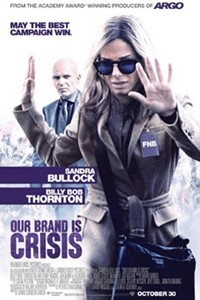 The political film ‘Our Brand Is Crisis’ inexplicably mixes messages
The political film ‘Our Brand Is Crisis’ inexplicably mixes messages
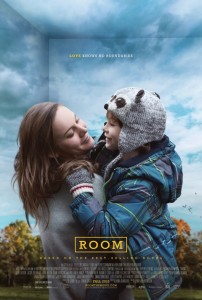 Room
Room
 Rock the Kasbah
Rock the Kasbah
 ‘Bone Tomahawk’ tosses an exceptional, gritty and gory western onto big and small screens
‘Bone Tomahawk’ tosses an exceptional, gritty and gory western onto big and small screens
 “’The Last Witch Hunter’ adds good ingredients but undercooks the brew”
“’The Last Witch Hunter’ adds good ingredients but undercooks the brew”
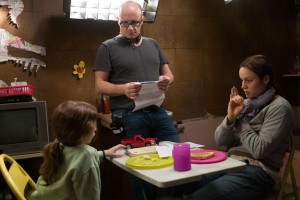 Interview - Lenny Abrahamson, the director of “Room” (2015)
Interview - Lenny Abrahamson, the director of “Room” (2015)

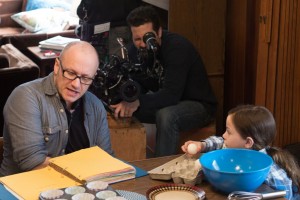 PFF: One of the pleasures of the film is Jack’s narration, as he explains the way he sees the world. What lessons can adults take by looking at life through a kid’s eyes?
PFF: One of the pleasures of the film is Jack’s narration, as he explains the way he sees the world. What lessons can adults take by looking at life through a kid’s eyes? 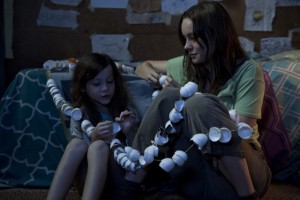
 “A well-designed ‘Steve Jobs’ leaves the audience wanting a future release”
“A well-designed ‘Steve Jobs’ leaves the audience wanting a future release”
 Bridge of Spies
Bridge of Spies
 “The foreclosure film ‘99 Homes’ serves stressful theatre”
“The foreclosure film ‘99 Homes’ serves stressful theatre”
 “He Named Me Malala” features an extraordinary woman in a less-than-perfect documentary
“He Named Me Malala” features an extraordinary woman in a less-than-perfect documentary
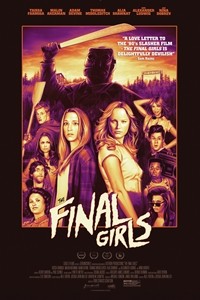 The Final Girls
The Final Girls
 Interview – Adriana Trigiani, Jenna Elfman and Paul Wilson of “Big Stone Gap”
Interview – Adriana Trigiani, Jenna Elfman and Paul Wilson of “Big Stone Gap”



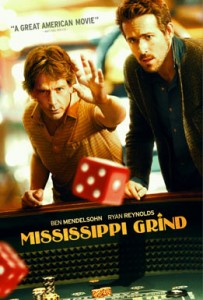 “Mendelsohn and Reynolds are a pair of aces in ‘Mississippi Grind’”
“Mendelsohn and Reynolds are a pair of aces in ‘Mississippi Grind’”
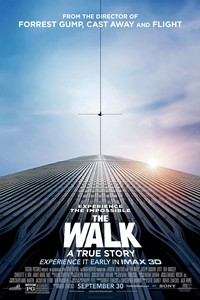 The Walk
The Walk
 The Martian
The Martian
 Sicario
Sicario
 The Intern
The Intern








